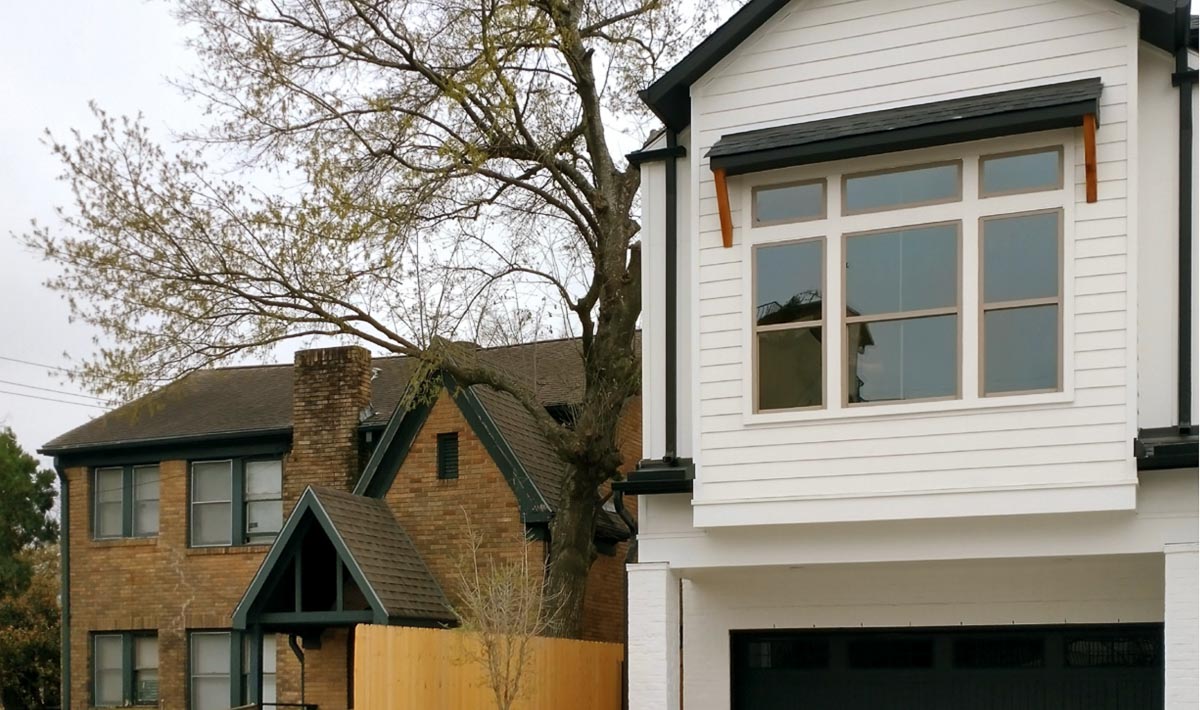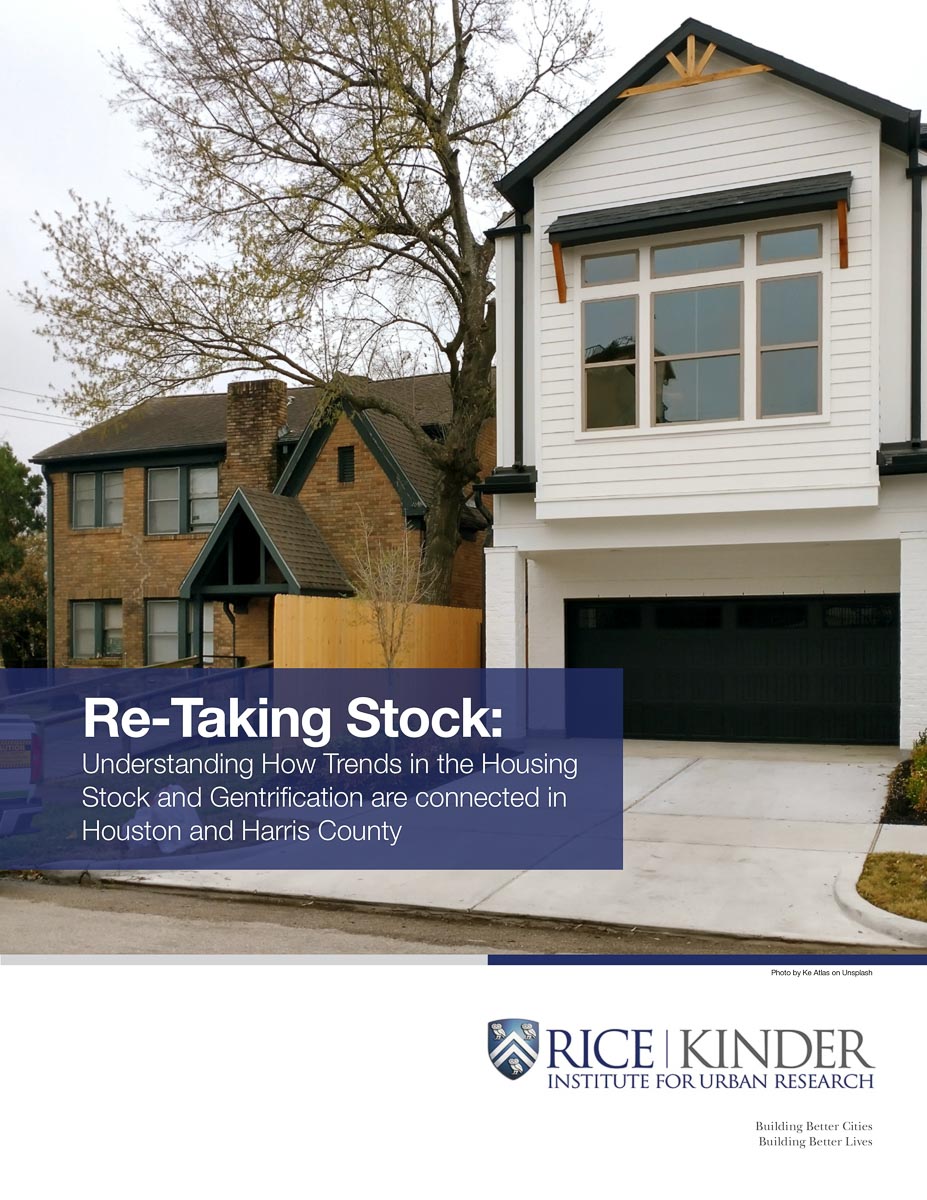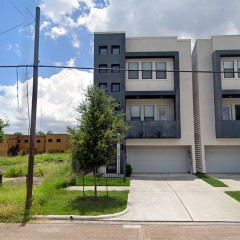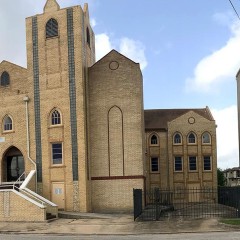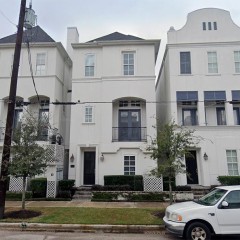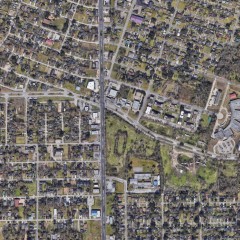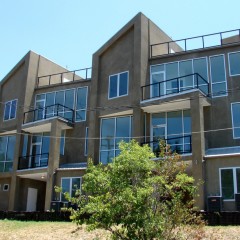Understanding how housing development reshapes communities is essential to discussions about redevelopment and providing residents with access to safe and affordable homes. While new development can mean improved housing conditions, increased supply and shifting home prices, it can also acutely affect communities with older homes and long-term residents with low or fixed incomes. Through case studies of seven neighborhoods — Fifth Ward, Independence Heights, Lazybrook/Timbergrove, Montrose, Spring-Southwest, Sunnyside and Third Ward — this report highlights the different types of housing development that occur when a neighborhood gentrifies. The work expands on prior Kinder Institute studies about countywide gentrification and development.
Key findings from the report include:
- Affluent areas that have gentrified or have faced no risk of gentrification saw more construction [and demolitions] than gentrifying areas, likely steering higher income housing growth away from gentrifying neighborhoods.
- Townhomes are a popular form of construction, especially in high-demand neighborhoods with proximity to job centers and quality of life amenities (Montrose and Lazybrook/Timbergrove). However, the expansion of this housing type into gentrifying areas (Fifth Ward, Independence Heights, and Third Ward) appears to be speeding sociodemographic shifts and threatening housing affordability in at-risk communities.
- Gentrifying neighborhoods (Fifth Ward, Independence Heights and Third Ward) face an elevated risk of quick turnover due to demolition patterns and townhome development near the boundaries of high-demand neighborhoods.
- Spring-Southwest, an inner-suburban community, is absorbing the suburbanization of working-class people of color into a mix of older and newer housing adjacent to environmental hazards. This complicates how we typically understand gentrification, that is, investors injecting capital into poorer neighborhoods in order to provide housing for wealthier residents (at the expense of displaced older residents).
- Housing development in Houston’s urban core (i.e. Inner Loop) is a remarkable case of urban infill for a major American city, surpassing the total annual housing production of other major cities.
This is the third and final report in our current series on gentrification — the first report established a gentrification typology in Harris County (and was used to determine the gentrification stage for the census tracts in this study), while the second report took a closer look at the connection between transit-adjacent development and gentrification.
Photo: Ke Atlas/Unsplash

